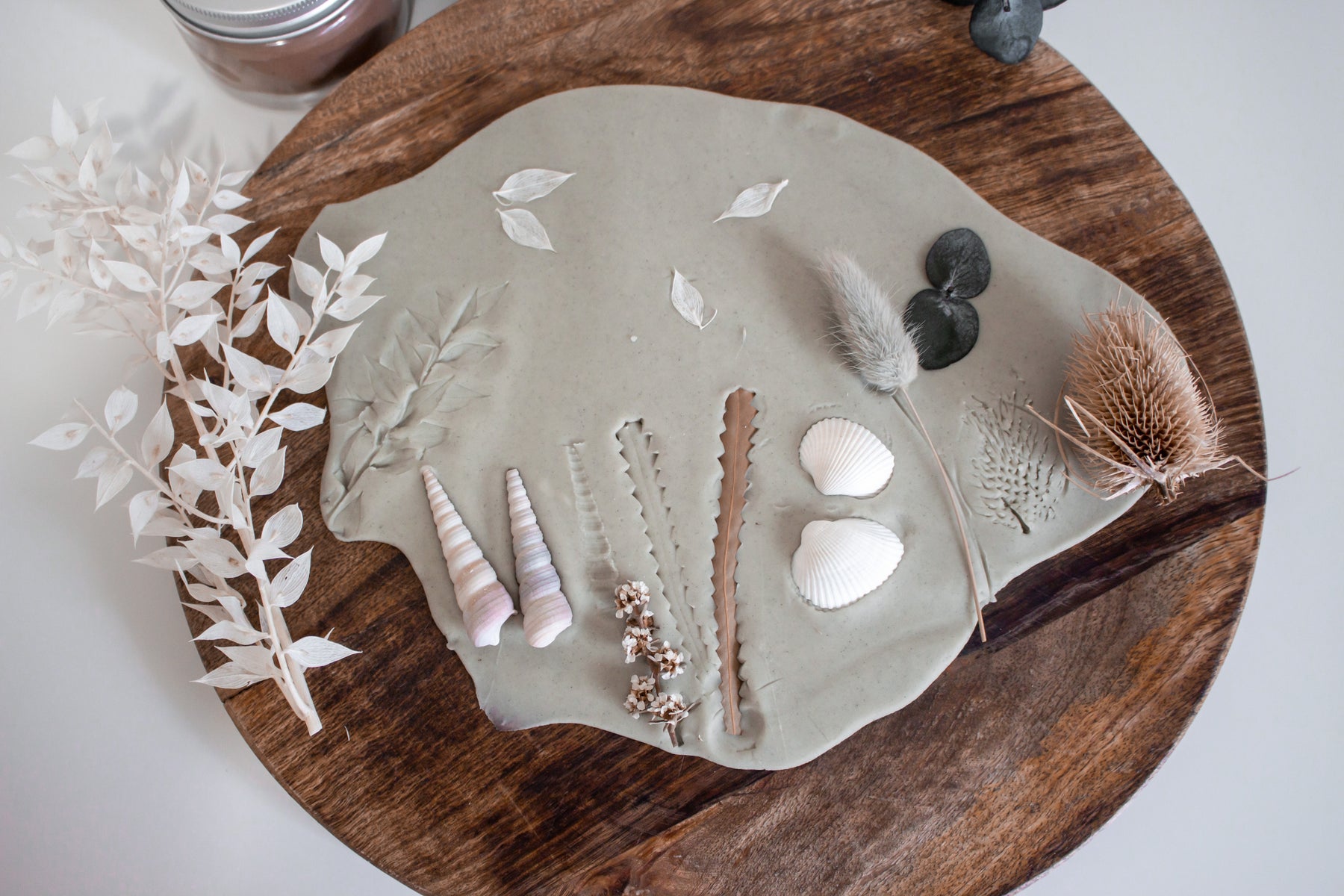
Benefits Of Playdough In The Early Years - By Carly Perdrau
Playdough is one of the most versatile resources you can provide a child with. It not only provides children with hours of fun but allows them to develop essential developmental skills.
Benefits of playdough
Social and emotional development - Playdough helps build children’s self esteem. It Motivates children to explore its sensory qualities and can also help children cope with strong feelings.
Creativity and imagination - Children learn symbolic thinking by using their imaginations to pretend the playdough is something else.
Language and literacy - Playing with playdough sparks lots of conversations and role play. Through playdough play children practice listening to and talking to peers, educators and family members. Through playdough children learn to express their thoughts and ideas.
Fine motor development - Whilst children manipulate their playdough it’s is helping to strengthen those little muscles. These muscles play a vital role in every day tasks such as holding a pencil and cutting.
Other benefits include:
- Science and Math
- Calming and soothing
- Problem solving skills
- And much more…

5 ways to play with playdough-
- Learn to use scissors- provide your children with playdough and scissors to help develop their fine motor skills and practice correct grip.
- Pretend play- add in some animals or small world play resources and let their imaginations run wild.
- Making faces- add some googly eyes, and loose parts and encourage children to make faces. This is a great way to talk about emotions.
- Nature play - provide your child with natural resources like shells, leaves and flowers and ask them to get creative.
- Learning literacy and numbers- use flash cards and encourage your child to use playdough to create the numbers and letters on each card.
Items from around the house that you can add to your playdough experience-
- Birthday candles
- Blocks
- Bottle caps
- Cookie cutters
- Combs
- Garlic press
- Large buttons
- Feathers
- Leaves, twigs, pebbles
- Plastic knives, forks, and spoons
- Rolling pin or bottle
- Small toy people and animals
- Straws
- String or shoelaces
- Tea strainer
- Trucks and cars
Playdough Recipe
Ingredients
- 2 tbs cooking oil
- 4 tbs Cream of Tartar
- 2 cups plain flour
- 1 cup salt
- Food colouring
- 2 cups cold water
We have created two methods for making your own play dough - the traditional stove-top method and now our NEW microwave method.
Directions
Step 1
COOKING ON STOVE TOP: Mix all the ingredients in a saucepan and stir continuously over medium heat for 3-5 minutes, until the mixture congeals and is not sticky. Cool slightly, remove from pan and knead until smooth.
Step 2
COOKING IN MICROWAVE: Mix all ingredients well in a microwave-safe, large bowl. Microwave for 2 minutes. Carefully remove and stir well. Microwave for 1 minute and 30 seconds. Carefully remove and stir well. Microwave for 1 minute. Carefully remove and stir well. Microwave for 30 seconds. Mixture should be congealed and not sticky. Allow to cool slightly, then knead until smooth.
Tips
- Makes 1 kg of play dough, enough for 4 portions.
- Store in an airtight container for up to three months.
- Add a few drops of essential oil before cooking for aromatic play dough!
Authored by Carly Perdrau of @forever_and_a_play



Leave a comment